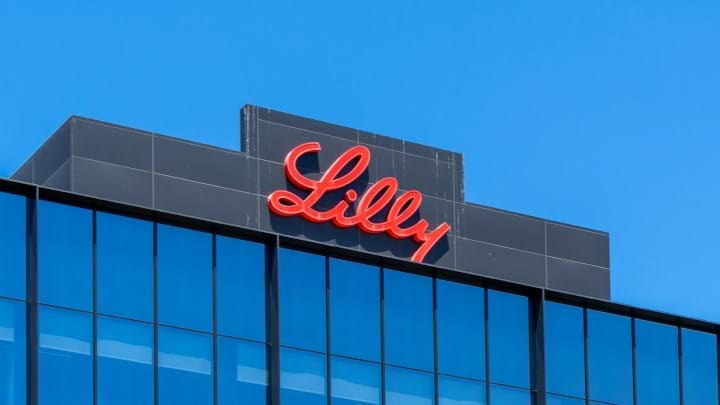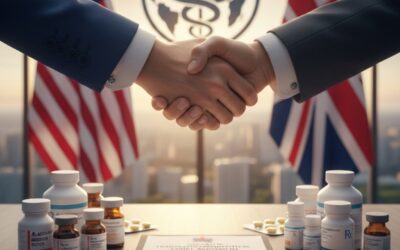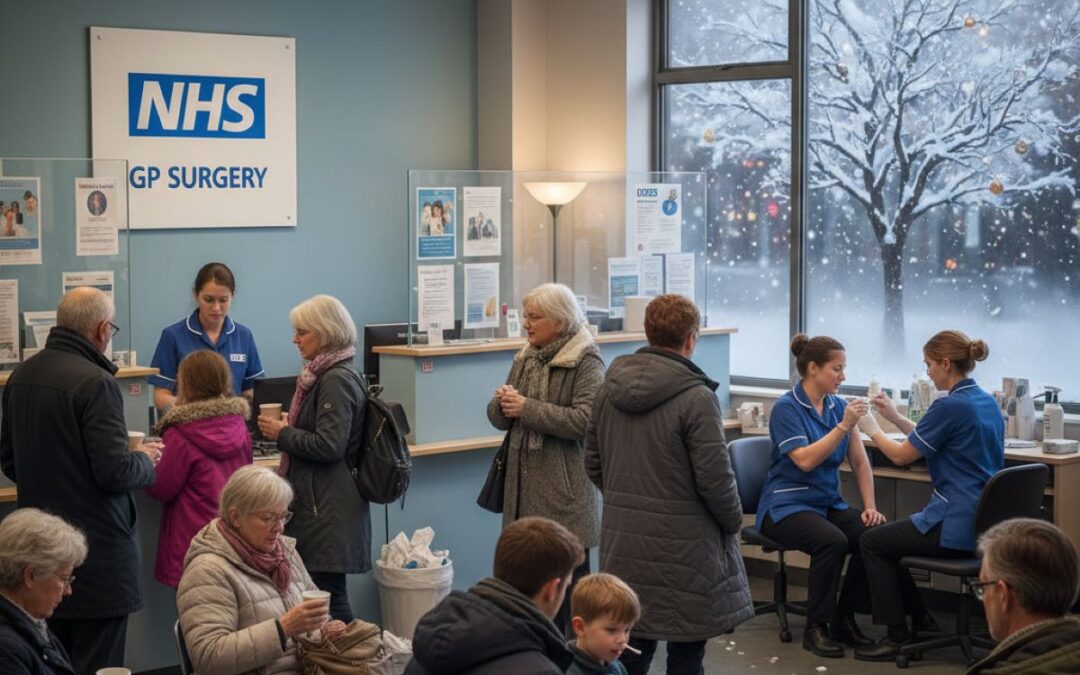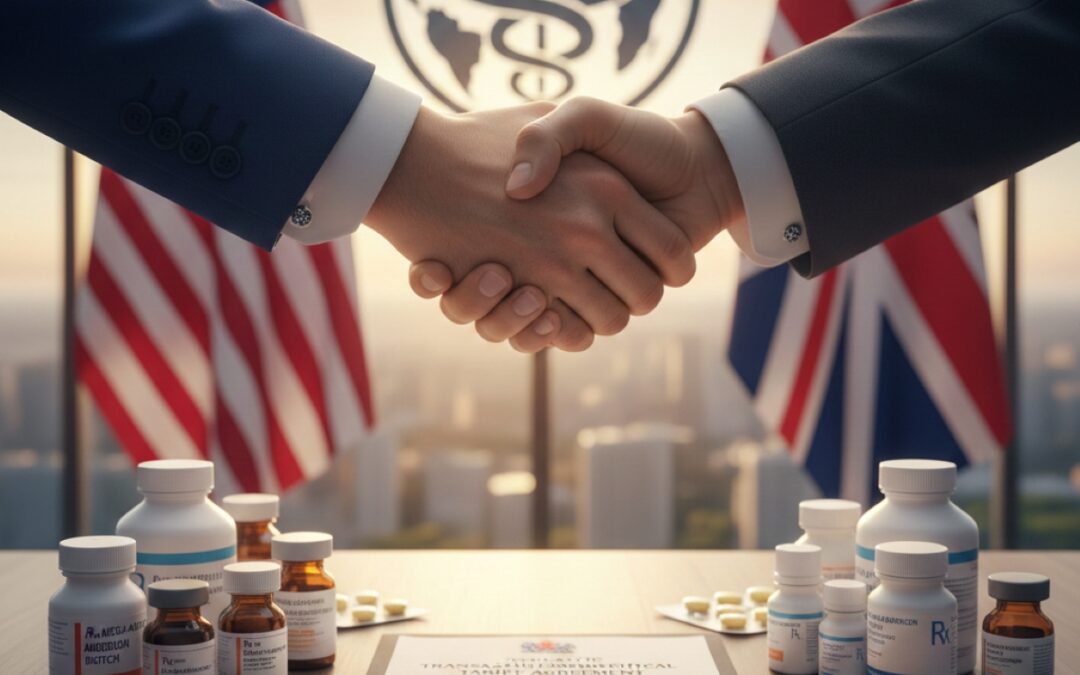Eli Lilly & Company is doubling down on U.S. investment, unveiling a series of ambitious plans to expand its domestic pharmaceutical manufacturing infrastructure. These efforts come amid mounting political pressure to reshore drug production and rising competition in the obesity and metabolic therapy markets.
A Historic Surge in U.S. Capital Spend
In February 2025, Lilly announced it would commit at least US $27 billion toward the construction of four new manufacturing facilities across the United States, part of a broader strategy to more than double its domestic manufacturing investment since 2020 (corporate announcement). This brings Lilly’s total U.S. capital expansion commitments to over US 50 billion.
The plan calls for three of the facilities to focus on active pharmaceutical ingredient production, thereby reshoring critical capabilities in small molecule chemistry. The fourth site will enhance Lilly’s capacity in injectable therapies, strengthening its global parenteral manufacturing network.
Lilly expects the four new plants to generate over 3,000 permanent jobs in scientific, engineering and operations roles, and nearly 10,000 construction jobs over their build periods.
This expansion is widely described as one of the largest pharmaceutical manufacturing investments ever made in the U.S.
Strategic Site Moves: Virginia and Texas Take Centre Stage
Already, Lilly has announced concrete plans for two of the four new sites, with further locations still under wraps.
In September 2025, the company disclosed a US $5 billion manufacturing facility in Goochland County, Virginia, to serve as the first of the quartet. This plant will focus on producing APIs, advanced cancer therapies, autoimmune and other treatments, including antibody drug conjugates.
Lilly states the Virginia site will create approximately 650 high wage permanent roles and 1,800 construction jobs, with a projected five-year timeline to full operation.
Shortly thereafter, in September 2025, Lilly announced plans for a US 6.5 billion API facility in Houston, Texas (official press release). Located at Generation Park, the site will support production of orforglipron, Lilly’s small molecule oral GLP 1 candidate for obesity, alongside other synthetic medicines across therapeutic areas such as oncology, immunology, and neuroscience.
The Houston facility is expected to employ 615 full time staff and generate 4,000 construction jobs.
Lilly emphasises that the location was chosen for its chemical engineering talent, infrastructure strengths, and logistical advantages.
In its official statement, Lilly noted the Houston site will be among its eight U.S. manufacturing facilities announced since 2020, and that it will be operational within five years.
Meanwhile, the company is still finalising the third and fourth new site locations, which will be revealed before the end of 2025.
Drivers and Context for Lilly’s U.S. Investment Surge
Several factors underlie Lilly’s decision to invest so heavily in U.S. manufacturing:
- Supply chain resilience and geopolitical risk
The COVID 19 pandemic and recent geopolitical tensions exposed vulnerabilities in global pharmaceutical supply chains, particularly for key APIs that often originate overseas. Lilly’s push to localise production is viewed as a hedge against future disruptions and regulatory uncertainty. - Political pressure and import tariff threats
President Donald Trump has proposed steep tariffs, in some cases as high as 100 percent, on branded or patented drugs unless those products are produced domestically. In response, Lilly and other manufacturers are moving quickly to expand U.S. operations (Reuters coverage).
Lilly CEO David Ricks has called the expansion “a bold move,” saying it reflects confidence in the company’s pipelinhttps://www.reuters.com/business/healthcare-pharmaceuticals/eli-lilly-make-weight-loss-pill-new-65-billion-texas-plant-2025-09-23?utm_source=chatgpt.come and a commitment to reviving domestic manufacturing.
- Fierce competition in obesity and metabolic therapeutics
Lilly is vying for market share in the rapidly expanding obesity and metabolic disease space. Its injectable blockbuster Zepbound (tirzepatide) and GLP 1 analogues have driven substantial revenue growth. The new Houston facility’s commitment to producing orforglipron, an oral GLP 1 candidate, underscores Lilly’s ambition to broaden its offering and compete directly with Novo Nordisk’s semaglutide ventures. - Technological advances and advanced manufacturing
The company intends to incorporate state of the art technologies, from machine learning and AI to digital automation and integrated systems, to ensure high quality, efficient production, and “right first time execution.”
Additionally, earlier in October 2024, Lilly unveiled a US 4.5 billion Lilly Medicine Foundry, an advanced manufacturing and drug development site aimed at innovating new methods of production and scaling medicines for trials.
Financial, Employment and Regional Impacts
The scale of Lilly’s investment is expected to bring substantial economic benefits to host states:
- In Virginia, the Goochland County plant is projected to deliver 650 permanent jobs and 1,800 construction roles, along with enhanced local spending and infrastructure growth.
- In Houston, the facility is anticipated to generate 615 full time roles, plus 4,000 construction jobs, boosting the regional life sciences and chemical manufacturing cluster.
- Lilly says for each dollar invested locally, as much as four additional dollars in economic activity could be catalysed in surrounding sectors.
At a macro level, Lilly’s hiring plans include over 3,000 skilled positions across the new sites, with an estimated 10,000 construction roles during buildout phases.
Longer term, the enhanced U.S. capacity may also enable Lilly to export manufactured drugs from the U.S. while reducing dependence on foreign API sourcing.
Challenges, Risks and Outlook
While the plans are ambitious, they carry inherent challenges:
- Regulatory and construction risks: Permitting, infrastructure readiness, and execution timelines must align precisely to deliver on Lilly’s five-year operational targets.
- Cost pressures: Building and operating high tech facilities in the U.S. involves significant up-front capital outlays and ongoing labour costs that may outpace equivalent offshore sites.
- Policy uncertainty: Tariff proposals and pharmaceutical pricing reforms remain in flux. If U.S. trade or drug policy shifts, cost assumptions underpinning the strategy may require recalibration.
- Technical complexity: Scaling next generation APIs, small molecules, biologics, and novel modalities in new facilities is nontrivial and may suffer delays or yield challenges.
Nonetheless, observers regard Lilly’s strategy as a clear signal of confidence in its pipeline, especially in obesity, metabolic, cancer, immunology, and neuroscience therapeutics. Some analysts view the investments as crucial to maintaining supply security and competitive advantage.
Indeed, in market commentary, Lilly is often described as “buying the dip” by doubling down on its manufacturing footprint and pipeline expansion even amid short term stock volatility.
Eli Lilly’s sweeping U.S. investment plans reflect a pivotal moment in pharmaceutical strategy, one in which vertical integration, supply chain sovereignty, and technological automation are becoming core elements of competitiveness. Through its plans for Virginia and Texas, and the promise of further sites to come, Lilly is staking a bold claim that the future of innovative drug manufacturing will be anchored in the United States.













